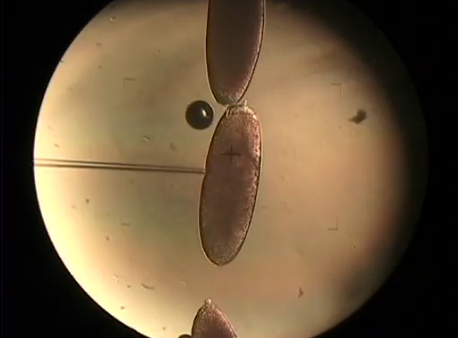Highlights from "Experimental Biology": The world's next-generation of scientists learns best from scientific video
"The challenge of teaching a non-traditional, discovery-focused lab course is working without a textbook,” says Dr. Kuehner, “In a way it's kind of how research is done. You might have technique X, and now [my students] are able to see that technique’s protocol in a video version that may have been previously written down and harder to understand.”
While Dr. Kuehner had been able to teach Experimental Biology successfully without using JoVE videos in the past, this semester he has found them to be especially appealing to his students. “I also use PowerPoint slides in class, I post those slides, but I don't ever hear them talking about the slides,” he says, “I notice more though people mentioning the videos they've watched. I think it’s more interesting for them to watch the videos.”
Dr. Kuehner says that his students have engaged the Science Education videos, because they're able to stop and re-watch parts of the procedure as needed in order to best prepare for their personal execution of a related experiment. “...By using that video in real time, we can start the video and start the technique—much better than me trying to show them all at once.”
Moreover, Dr. Kuehner says that his students enjoy the animated portions of Science Education videos as a means for them to better grasp more complex processes. “There are cool animations in the videos themselves that I think for them visually makes more sense,” says Kuehner, “If they can see a gel run in a cartoon, it might make more sense as to why it runs from negative to positive, as opposed to seeing it on a slide which is a static image.”
When Dr. Kuehner first discovered JoVE’s Science Education videos he wasn’t sure how his students would feel about them. “I wasn't sure if they really would like the videos,” he says “Students are hard to read sometimes, but the more the semester goes on the more I know they're using it. And the more I realize that it's really a primary source of information in some cases that they're not getting from our in-class discussions. They like to have something to go back to see it again. To try and synthesize everything together.”



